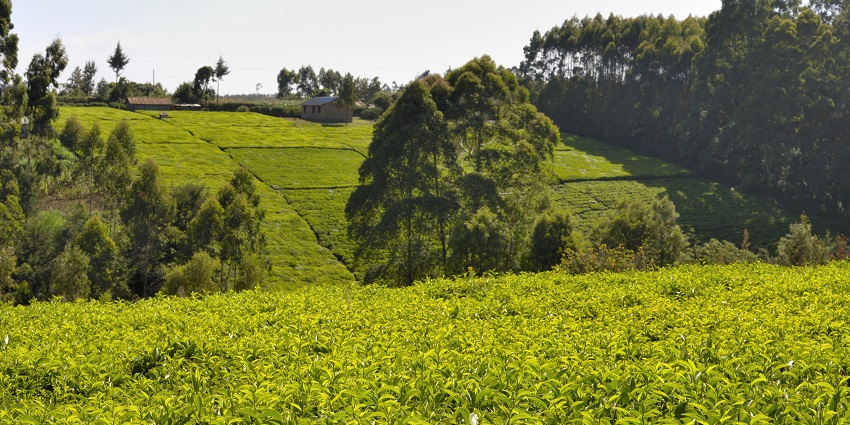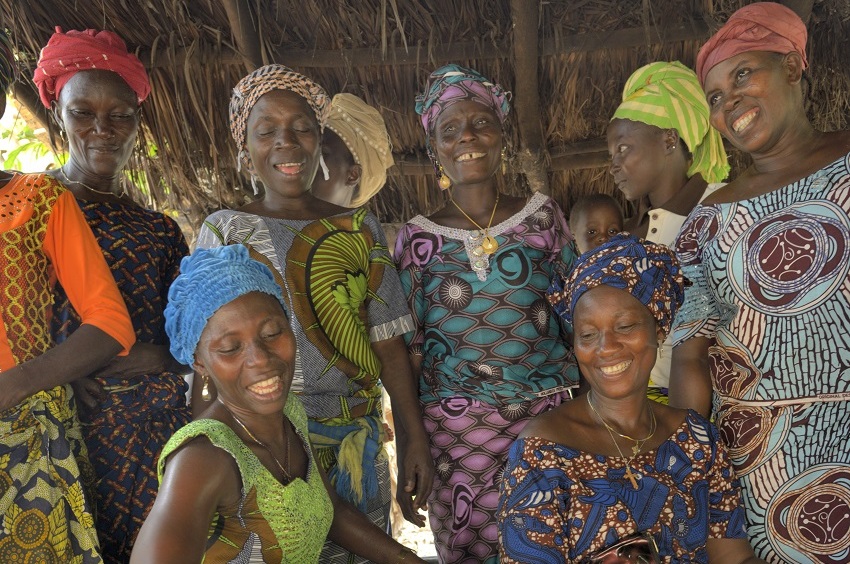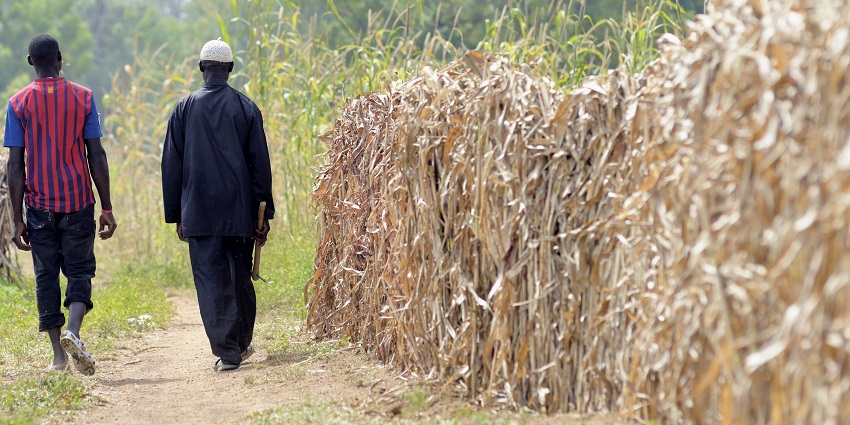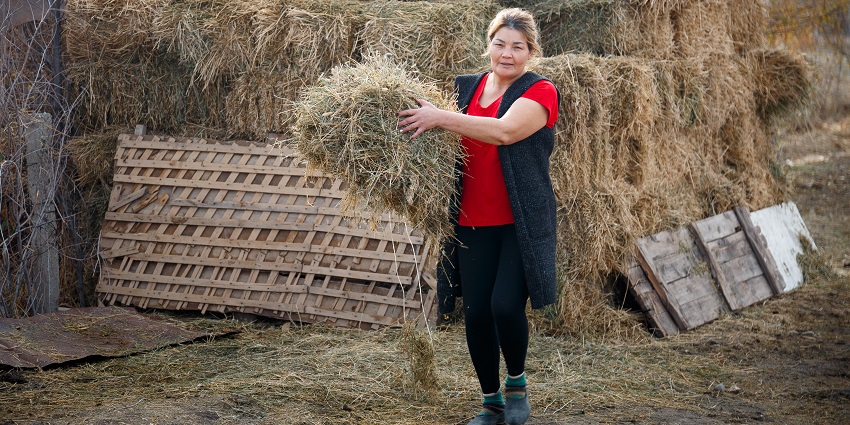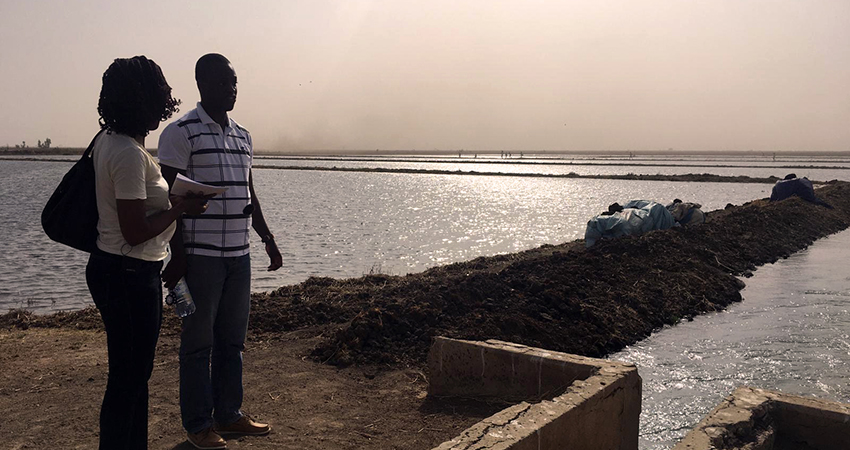Technical assistance: testimony from two beneficiaries of the African Facility
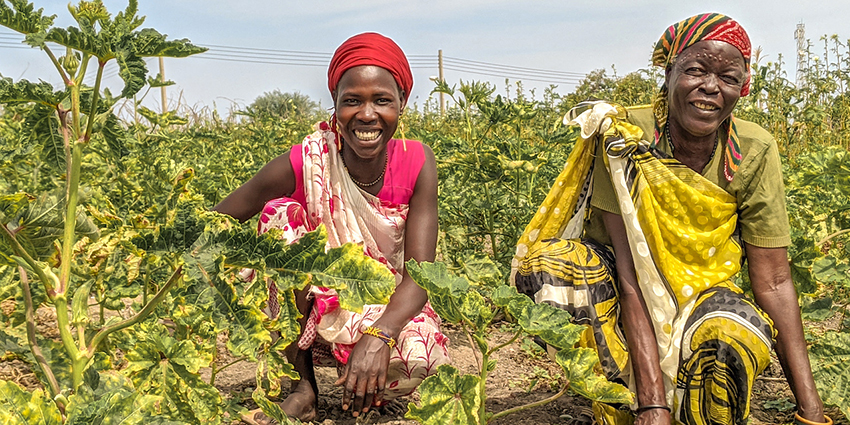
In 2013, alongside the French Development Agency (AFD), the Foundation launched its first technical assistance program: the African FacilityThe objective of this facility is to support small and medium-sized rural microfinance institutions with a strong social impact in sub-Saharan Africa. More than eight years after its launch, the Facility's performance demonstrates the importance of providing not only financial but also technical support to partner microfinance institutions.
Through the African Facility, the Foundation and AFD supported 26 microfinance institutions, which in turn financed the income-generating activities of more than 500,000 borrowers with average loans of around €200. With 328 technical assistance missions completed, the program covered numerous areas of expertise, from developing environmental strategies to digitizing the credit granting process and strengthening governance.
Within this framework, BIMAS and MicroLoan Foundation Malawi, two African microfinance institutions, have received several technical assistance missions. A spotlight is on their track record with the African Facility. Discover the interview with Elizabeth Karinga, Chief Financial Officer of BIMAS, and Randall Williams, former Director of MicroLoan Malawi, who discuss this initiative.
What is your assessment of the African Facility?
Elizabeth: The African Facility has been an extraordinary journey for BIMAS. The progress our institution has made is clear. For example, when we first began receiving support from the African Facility, our operations management processes were still manual, whereas with the program's support, we were able to begin a digitalization process. Thanks to the African Facility, we have also improved our social performance management and our communication with clients.
Randall: MLF Malawi joined the African Facility in 2018 and has benefited from several missions, particularly in terms of digitalization. For example, with the help of the Facility, we implemented a new HR platform that automated certain HR procedures and ensured more efficient personnel management, such as staff leave management. Before the platform was implemented, it took two days and four sheets of paper for branch staff to validate their leave requests. It now takes less than five minutes and no paperwork for this same validation. We were also able to implement a new cloud-based accounting platform to replace the old system we had. This came at the right time because it allowed our finance team to work remotely during the COVID-19 crisis, which was not previously possible. I should also highlight that both platforms have centralized file archiving capabilities that allow teams to access digital files securely and remotely. Thus, in addition to significant productivity gains, we have also become a more agile organization since Management is now able to have real-time access to information on the platforms to make strategic decisions more quickly.
Elizabeth: The African Facility has really helped us in terms of developing our activities. One of the most important things in microfinance is being able to assess how many people we reach, what type of disbursements we make, and how to increase financial inclusion for as many people as possible. At the beginning of the program, BIMAS had approximately 18,000 clients; today, we serve 42,000, thanks to the new processes we implemented under the African Facility. We have grown from 21 to 40 branches, and this has helped create jobs in our new areas of operation, particularly in rural areas. This growth demonstrates the positive impact of the program and the partnership with the Grameen Crédit Agricole Foundation.
Randall: We are truly grateful for the support we received under the African Facility to implement these capacity building initiatives. These technical assistance missions have truly helped strengthen our operations by improving the governance structure and increasing the overall resilience of our organization. Most importantly, it has helped us minimize disruptions related to the COVID-19 pandemic and also allowed us to expand our reach at a much faster pace than before. Regarding context, we have been able to grow our branch network from 15 to 22 over the past two years (despite the pandemic) and this is largely due to productivity improvements that have allowed our staff to better focus on development, improving customer satisfaction, as well as achieving other key social performance management objectives. I hope that the Grameen Crédit Agricole Foundation can continue this very important initiative because, as you can see, there are clear benefits not only for the institution itself, but also for the pyramid client base we serve.
___________________________________________________
More information about our technical assistance program here.

